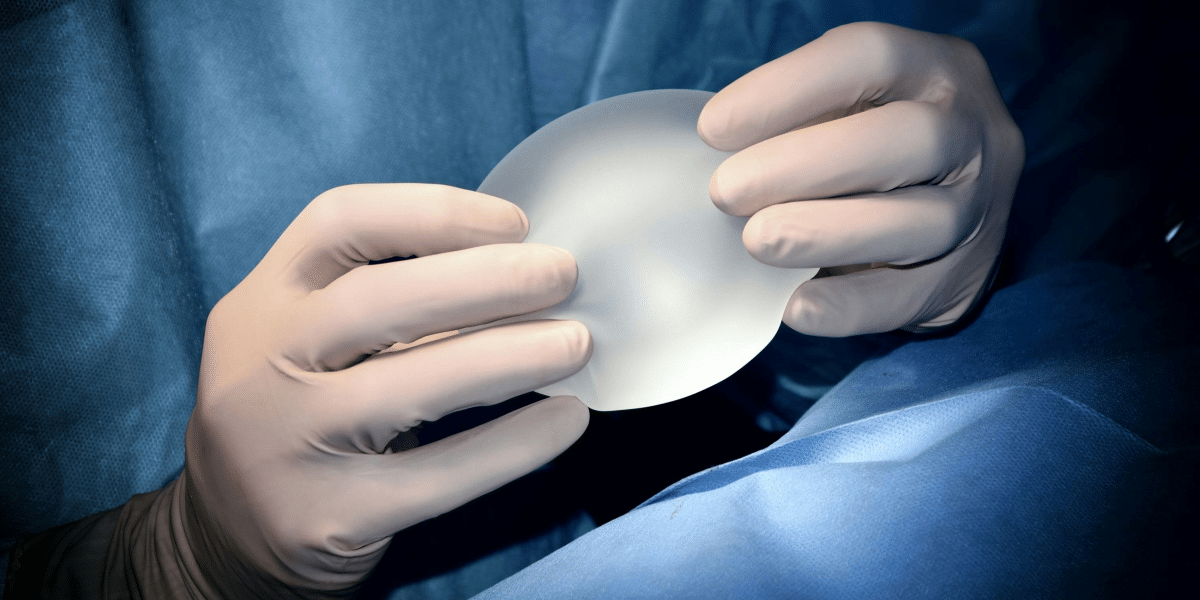By: SEO Mavens
When you’re considering breast augmentation, the choice between saline and silicone implants is essential to your overall satisfaction. Saline implants offer advantages like a lower cost and smaller incisions, yet they can sometimes present rippling issues. On the other hand, silicone implants provide a more natural appearance and feel, which many find appealing. Understanding the implications of each option can significantly impact your decision. Consulting with a female surgeon in Melbourne can help you weigh these factors effectively.
So, what considerations should you consider when making this important choice?
Key Takeaways
- Saline implants are filled with sterile salt water and are generally more affordable than silicone implants.
- Silicone implants are filled with silicone gel, offering a more natural feel and appearance.
- Saline ruptures are immediately noticeable, while silicone implants may have silent leaks, requiring monitoring.
- Both implant types are considered safe, but silicone may have mixed research on potential health risks.
- Consultation with board-certified surgeons is crucial for evaluating individual needs and selecting the appropriate implant type.
Types of Breast Implants
When considering breast augmentation, you’ll find two primary types of implants: saline and silicone, each with distinct characteristics and benefits. Saline implants consist of a silicone outer shell filled with sterile salt water. They’re generally less expensive and allow for smaller incision sites, but you might notice rippling or a firmer feel. Baffled saline implants can help reduce these issues.
On the other hand, silicone implants are filled with silicone gel, offering a more natural look and feel, similar to human fat. They come in various shapes and sizes, including gummy bear options.
While silicone may have a higher rupture risk, many prefer its aesthetic appeal. Your choice ultimately depends on your preferences and goals.
Safety and Health Considerations
Both saline and silicone implants are considered safe options for breast augmentation when performed by certified surgeons. Saline implants have a straightforward safety profile; if they rupture, the body easily absorbs the salt water, making the issue noticeable. On the other hand, research on silicone implants shows mixed results regarding links to autoimmune diseases, with symptoms like fatigue and headaches sometimes reported as breast implant illness (BII).
Additionally, there’s a rare association between certain silicone implants and anaplastic large cell lymphoma (ALCL), typically detected years after implantation. It’s important to consult your surgeon about any health concerns and follow recommended monitoring protocols to ensure ongoing safety and health post-surgery. Prioritizing your wellbeing is essential in this decision-making process.
Implant Rupture and Longevity
Understanding the consequences of implant rupture and the longevity of your chosen breast implants is essential for making an informed decision. Saline implants deflate immediately when ruptured, and the saltwater is absorbed by your body, requiring surgery for shell removal. In contrast, silicone implants may experience silent leaks, leading to subtle changes in size or firmness; you’ll need surgery for removal and replacement. Generally, breast implants last about 10 to 20 years, but there’s no expiration date. Factors like the type of implant, surgical technique, and your health can affect longevity. Regular monitoring is significant to catch any issues early, ensuring you maintain your desired appearance and address complications promptly.
Cost of Implants
The cost of breast implants varies considerably between saline and silicone options, influencing your overall budget for augmentation.
Saline implants generally cost less, while silicone implants can be about $1,000 more expensive. Total costs for the procedure can reach up to $12,000, and you should also consider follow-up MRI screenings for silicone implants.
- Saline implants are typically more budget-friendly.
- Silicone implants may require additional costs for monitoring.
- Consult a board-certified surgeon for personalized pricing and options.
Recovery Process
Recovery from breast augmentation typically spans several weeks, during which you’ll need to manage pain and adhere to activity restrictions. Initially, you might experience swelling and discomfort, but this should gradually subside. Your surgeon will likely prescribe pain medication to help you cope. It’s vital to avoid heavy lifting, vigorous exercise, and any activities that could strain your chest for at least a few weeks. Follow-up appointments are essential for monitoring your healing and addressing any concerns. Patients find the results satisfactory after recovery, but patience is key. Listen to your body, and don’t hesitate to reach out to your surgeon if you notice any unusual symptoms or complications during your recovery process.
Alternatives to Breast Augmentation
If you’re looking for subtle improvements without surgery, nonsurgical options for breast lifts can provide effective alternatives to breast augmentation. These methods can enhance your appearance with minimal downtime and fewer risks compared to surgical procedures.
Consider the following options:
- Ultrasound Therapy: This technique uses sound waves to stimulate collagen production, resulting in firmer skin and a slight lift.
- Radiofrequency Treatments: Utilizing heat to tighten skin, these treatments can improve the overall appearance of your breasts over time.
- Injectable Fillers: While typically used for facial aesthetics, certain fillers can add volume and contour to the breast area temporarily.
Always consult with a qualified professional to determine the finest option for your unique needs and goals.
Consultation With Surgeons
Consulting with a board-certified surgeon is crucial for steering your options and making informed decisions about breast augmentation. During your consultation, you’ll discuss your goals, preferences, and any concerns. The surgeon will evaluate your anatomy and help determine whether saline or silicone implants suit your needs. They’ll explain the benefits and risks associated with each type of implant, including considerations for longevity and potential complications. Expect to review your medical history and undergo a physical examination.This personalized approach helps ensure you select implants that suit your body and lifestyle. Feel free to ask questions or share any concerns you may have, as open communication is important for achieving the results and ensuring your comfort.
Summary
In the end, choosing between saline and silicone implants for breast augmentation comes down to your personal preferences and health considerations. Both options offer unique benefits, so weigh the aesthetics, cost, and recovery aspects carefully. It’s important to consult with a certified surgeon, such as Dr. Rebecca Wyten, to ensure you’re making the right choice for your body. Ultimately, the right decision will help you feel more confident and satisfied with your appearance. Trust your instincts and prioritize what feels right for you.
Disclaimer: “This content is for informational purposes only and is not intended as medical advice, nor does it replace professional medical expertise or treatment. If you have any concerns or questions about your health, always consult with a physician or other healthcare professional.”
Published By: Aize Perez

















